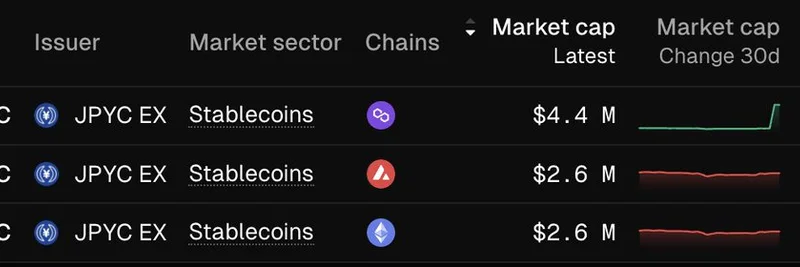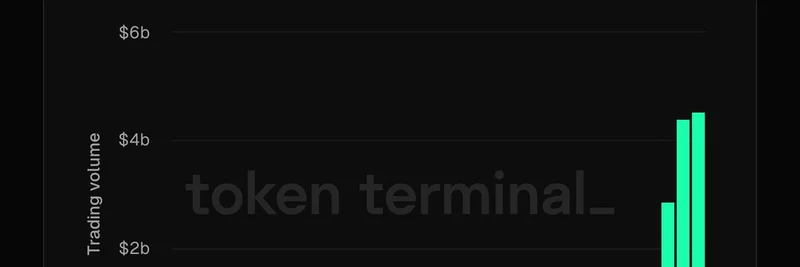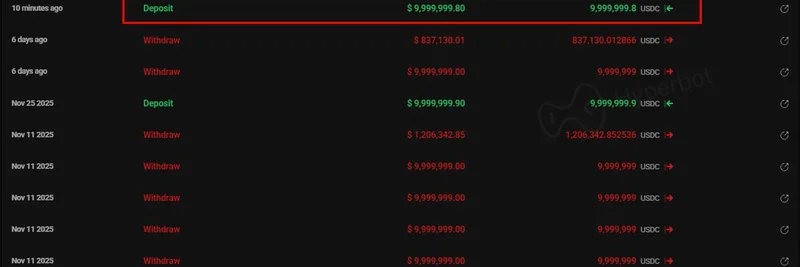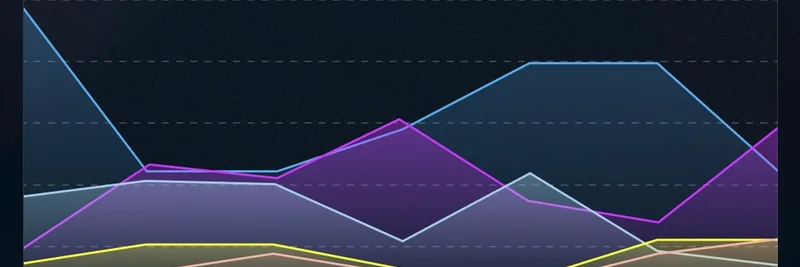Hey there, crypto enthusiasts and meme token lovers! If you’ve been keeping an eye on the latest trends in blockchain and AI, you’ve probably heard the buzz around OpenLedger and its groundbreaking Proof of Attribution (PoA). Posted by PixOnChain on June 30, 2025, this X thread has sparked a wave of excitement, and for good reason. Let’s dive into what makes this development a potential game-changer for creators, investors, and the meme token community.
What’s the Big Deal with OpenLedger?
OpenLedger, dubbed "The AI Blockchain," is stepping up to solve a massive issue: AI systems have been raking in billions by using content—tweets, articles, memes, you name it—without giving credit or compensation to the original creators. The image shared in the post shows a presenter breaking down how OpenLedger’s innovative PoA mechanism tracks and verifies data contributions on the blockchain. This ensures transparency and fair revenue sharing for everyone involved in the AI lifecycle.
Think of it like this: every time your meme goes viral and an AI model uses it, OpenLedger logs it, attributes it to you, and ensures you get a cut of the profits. Pretty cool, right?
How Does Proof of Attribution Work?
The presentation outlines a simple yet powerful process:
- Data Tracking: Contributions are logged on-chain with unique identifiers.
- Influence Detection: Advanced AI techniques, like influence function approximations and n-gram matching, trace how your data impacts AI models.
- Continuous Updates: Attribution records are constantly updated and stored securely.
- Fair Pay: When models or agents are monetized, contributors automatically receive revenue shares based on their input.
This system leverages blockchain’s immutability to prevent tampering, making it a trustworthy solution for creators. It’s like a digital ledger that never forgets who did the work!
The Meme Token Twist: AI, Kaito, Cookie, and NFTs
Here’s where it gets even more exciting for meme token fans. OpenLedger isn’t just about attribution—it’s blending worlds with AI, Kaito AI, Cookie tokens, and NFTs. The thread highlights:
- Rewards Galore: The top 200 "yappers" (active community members) can snag 2 million $OPEN tokens, with an extra $350K in $COOKIE on top.
- NFT Collision: This is the first time these technologies collide, creating a unique ecosystem where meme creators can tokenize their work.
Imagine turning your next viral meme into an NFT, getting attributed via PoA, and earning $COOKIE rewards—all in one go. It’s a dream setup for blockchain practitioners looking to monetize their creativity.
Why This Matters to the Meme Community
The crypto world, especially the meme token space, thrives on community and creativity. Projects like Dogecoin and Shiba Inu started as jokes but turned into cultural phenomena. OpenLedger’s model could elevate this by ensuring creators aren’t left out of the profit party. As one commenter, click.. (sign/arc ), put it, “This is a real game-changer!” Others, like A•R•A ꐠ, praised it as the “first AI x Attribution protocol that actually pays the creators.”
However, not everyone’s on board yet. Donald Taylor raised a valid question: Is OpenLedger an AI that tracks usage or an AI detector? The answer lies in its hybrid nature—it’s a blockchain platform with AI-driven attribution tools, not just a detector. This clarity will likely emerge as the project rolls out.
The Future of Meme Tokens and Beyond
With OpenLedger’s launch, we might be witnessing the birth of a new era where meme tokens aren’t just about hype but also about fair compensation. The integration of Kaito AI’s analytics and Cookie tokens’ reward system could attract more creators to the meme token market, boosting liquidity and innovation.
If you’re a blockchain practitioner or a meme enthusiast, now’s the time to dig deeper. Follow PixOnChain for updates, and check out meme-insider.com for the latest on this evolving space. Will OpenLedger change the game? The community seems to think so—let’s watch this space closely!




